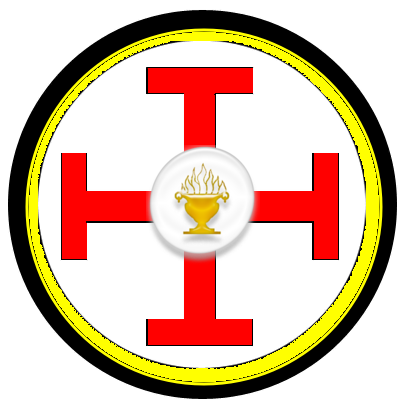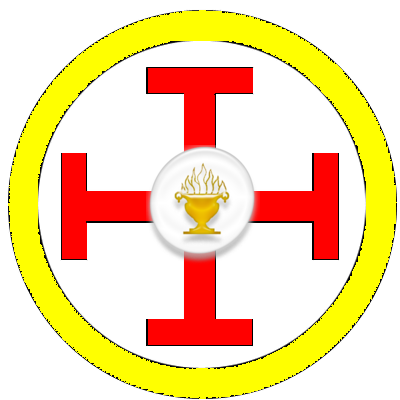Zartochrestianism
Zartochrestianism , also known as Zorochristianity, is a new variety of the ancient Iranian religion of Zoroastrianism founded by the teacher Zoroaster, hundreds of years before the Christian Era.
Zartochrestianism has been devised to suit a European audience with its historically Christian culture. Thus in Zartochrestianism we emphasize the commonalities between the Zoroastrian and Christian traditions. Christianity is understood in a broad sense as including both orthodox and heterodox or gnostic forms.
Zoroaster
Zartochrestians or Zorochristians regards the ancient religious philosopher known as Zoroaster as its original founder. Zoroaster whose name is also written as Zarathustra or Zartus and whose exact birth date is not known to academics is regarded by us to have lived about 1000BC in the lands of the ancient Iranians.
Zoroaster set out his thoughts in a number of hymns we call the Zartigathas or Songs of Zoroaster. These form the foundation scripture of Chrestomazdaism, and can also be called the Gospel of Zoroaster.
Zoroaster was concerned with the question of Good and Evil in human affairs and how Mankind might bring about the Good Society marked by righteous order and human flourishing. The Good News that he brought is that the world works according to logical principles and that if we can master these principles with our minds then we will be able to speak the good words and take the right actions that are needed to overcome evil and bring about the best state of existence.
Ancient Enlightenment
Zoroaster set an example of enlightenment thinking - of seeking to use reason to tease out the principles behind existence so that we may influence it for the better.
This example spread out from Iran - Southwards to inspire the Vedanta philosophy of India, Eastwards to influence the foundation of Buddhism and Westwards to influence the thinking of the Greek philosophers. Zorochristians are particularly interested in the thinking of the Greeks such as Plato and Aristotle whose ideas have been of such influence on European and Christian thought.
Jesu-Christian Era
Zoroastrian ideas were mainstream in the Persian empire that bordered Palestine around the time of Jesus, and there was a strong Zoroastrian influence on the development of Christian doctrine.
Thus Zorochristians have an interest in the wisdom encapsulated in the Christian tradition, whether from the Bible, especially the New Testament, or other non-orthodox scriptures of the same era, or later writings by influential Christians, including those associated with the Roman Church.
NB Zorochristians consider Zoroaster as the philosophical founder of their tradition but we don't regard him as fully divine in the way that Jesus is regarded by Jesuchristians, and we don't worship him in the same way. Zoroaster's role could perhaps be compared to that of John the Baptist in Jesuchristianity.
Chrestors
Chrestors are human 'saviours' of the world (in Persian 'saoshyant'). Chrestors are people who work to help the living world by taking on the nature of Chrestus-Aristus and profitably using the powers of the divine Tropoi.
It is the agenda or purpose of Zorochristians to become good chrestors. We struggle towards the Good. We seek to play our part in the healing of the world from its corruption. We seek to stand against all deviation from the path of truth and righteousness. We work to restore the world it to its pristine freshness. We push for the righteous order that brings the common flourishing.
Relationship to other religions
Zorochristians recognise a kinship with people in other religious traditions especially Judeochristians and Moslems and seek friendly relations where possible. Zartochrestianism is a monotheistic universal religion which believes that God's wisdom is revealed through the living world. Those with a similar attitude in other traditions are most likely to be able to co-operate with us.
Updated August 4024 EHE
The Chalipa
The Chalipa is a symbol used by Zorochristians to represent the religion. The symbol is made up of an equilateral cross potent superimposed with a typically seven-flamed firepot in a circle all enclosed by a larger circle. Chalipa means 'cross' in Persian and refers particularly to the sun cross at the centre of the symbol as well as the whole symbol.

|
|

